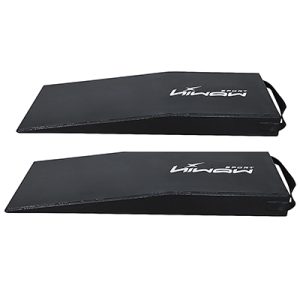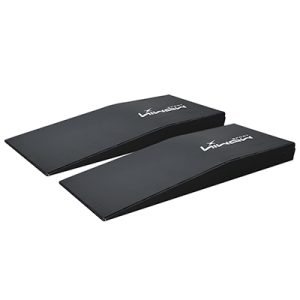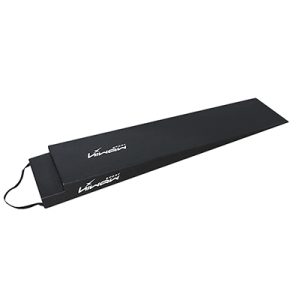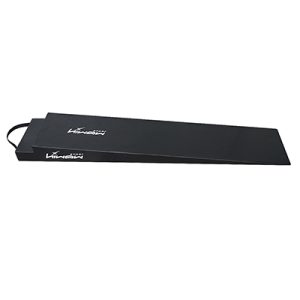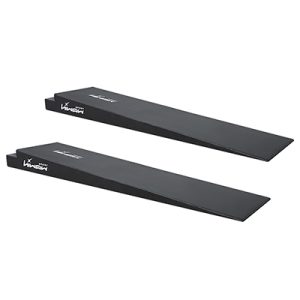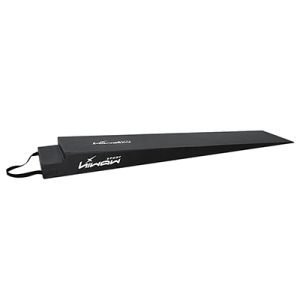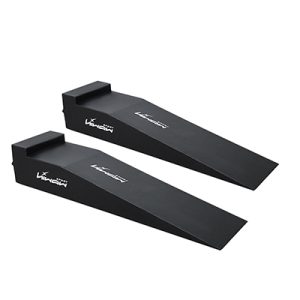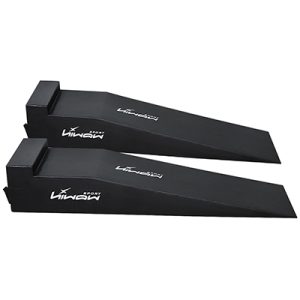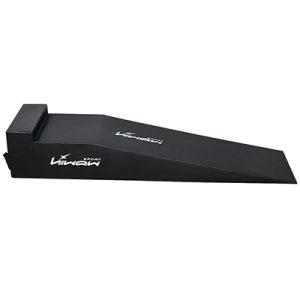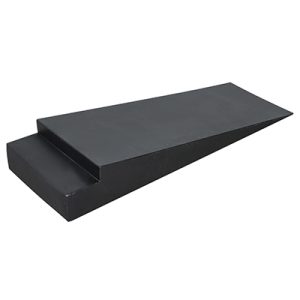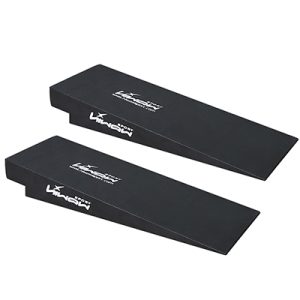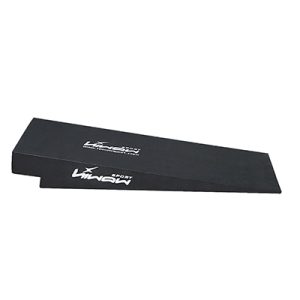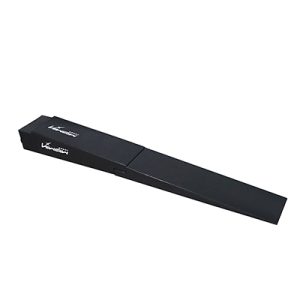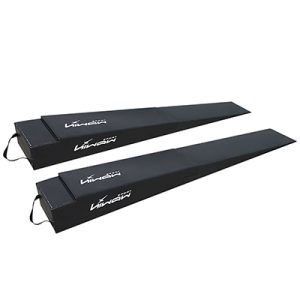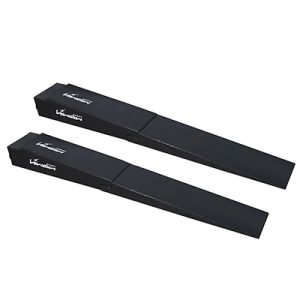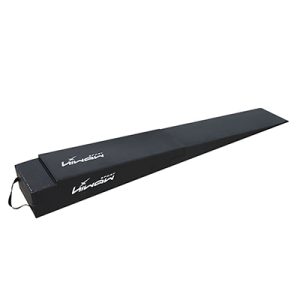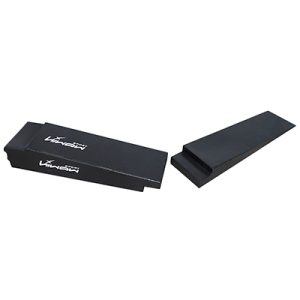The car ramps can be portable, depending on their design and material. Many car ramps are designed to be lightweight and easy to move, making them convenient for personal use in garages or on the go. Portable car ramps are typically made of durable materials like plastic, aluminum, or lightweight steel. Here are some features of portable car ramps:
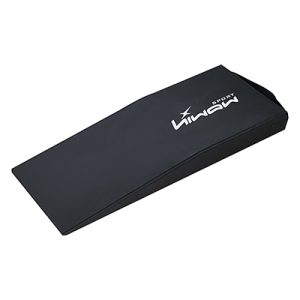
- Lightweight Construction: Materials like reinforced plastic or aluminum make car ramps easier to transport while still being strong enough to support the weight of most vehicles.
- Compact Design: Many portable ramps have a compact or foldable design, which allows for easier storage and mobility.
- Handle or Grip for Carrying: Some ramps come with built-in handles or non-slip grips to make carrying them more manageable.
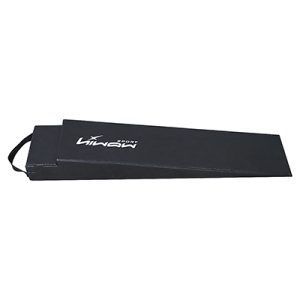
- Load Capacity: While portable, these ramps are designed to support various vehicle types. It’s important to choose ramps that are rated for the weight of the vehicle you plan to use them with.
- Non-Slip Surfaces: Portable car ramps often feature textured or non-slip surfaces to ensure the vehicle safely drives onto them.
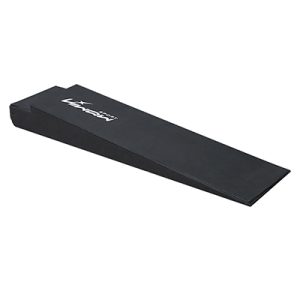
For heavier or more permanent use, ramps made of steel may be bulkier and less portable but provide greater strength and stability for larger vehicles. Always check the specifications for weight limits and material durability when selecting a portable car ramp.
We are the first factory in China to produce this type of product. We can produce according to any size of yours, and we can OEM for you. If you have any information about this market, please remember to welcome us to communicate.

